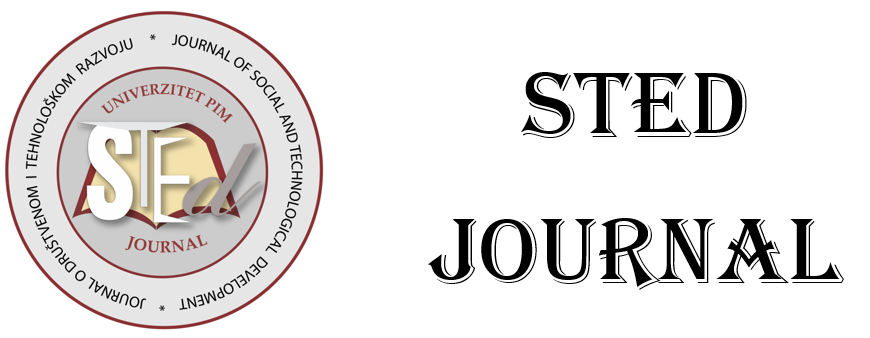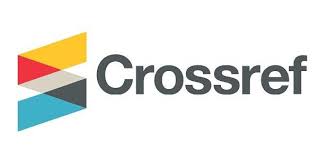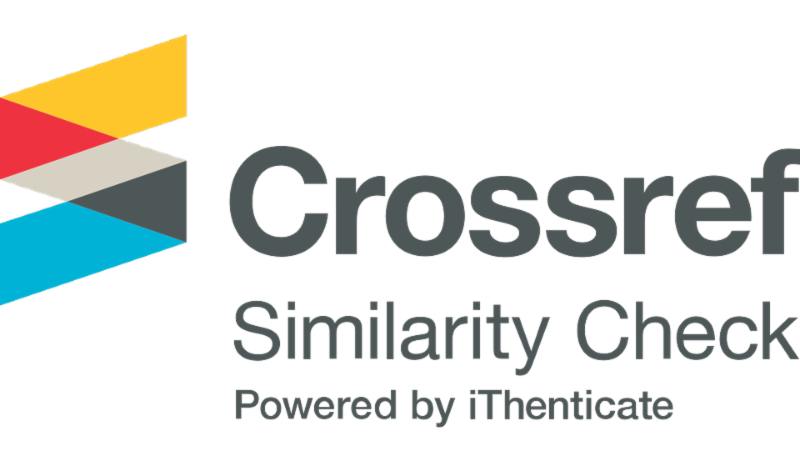
More articles from Volume 4, Issue 2, 2022
DENTAL IMPLANT MATERIAL (POLYETHERETHERKETONE, TITANIUM AND ITS ALLOYS, ZIRCONIA)
TESTING OF SMALL HOUSEHOLD BIOMASS BOILERS FROM THE ASPECT OF WASTE GAS EMISSIONS
OFFERING SERVICES BASED ON DATA WAREHOUSE AS A NEW TREND IN THE WORK OF PUBLIC ADMINISTRATION
GENDER DIFFERENCES OF SOCIOSEXUAL ORIENTATION IN THE CONTEXT OF PERSONALITY TRAITS
B&H CITIZENS’ PERCEPTION AND ATTITUDES ABOUT CORRUPTION IN THE WORKPLACE
Article views
GENDER DIFFERENCES OF SOCIOSEXUAL ORIENTATION IN THE CONTEXT OF PERSONALITY TRAITS
Faculty of Philosophy, University PIM , Banja Luka , Bosnia and Herzegovina
Received: 15.07.2022.
Accepted: 07.11.2022. >>
Published: 30.11.2022.
Volume 4, Issue 2 (2022)
pp. 29-41;
Abstract
Sociosexuality is a term that explains differences in individuals ’willingness to engage in sexual intercourse without intimacy, fidelity, and other determinants of emotional connection. The aim of this study was to examine how the dimensions of personality traits are related to sociosexual orientation in women and men in Bosnia and Herzegovina. The research was conducted on a sample of 430 respondents, aged 18 to 71 from BiH. Data were collected using three instruments: the Socio-Demographic Questionnaire, the Big Five Plus Two Personality Trait Questionnaire (VP + 2) and the Sociosexual Orientation (SOI) Questionnaire. Adequate statistical methods were used to estimate the difference between the group and the computational correlation. The results partially confirmed the hypotheses. Men are less restrictive than women and their liberality contributes to aggression, negative and positive valence. Women are noticeably restrictive, the personality dimensions associated with it are conscientiousness and negative valence.
Keywords
References
Citation
Copyright
All papers are licensed under a Creative Commons Attribution 4.0 International License.
Article metrics
The statements, opinions and data contained in the journal are solely those of the individual authors and contributors and not of the publisher and the editor(s). We stay neutral with regard to jurisdictional claims in published maps and institutional affiliations.











